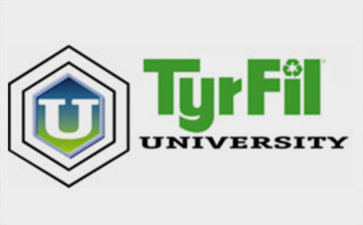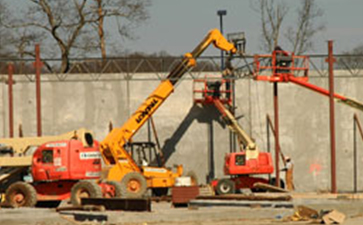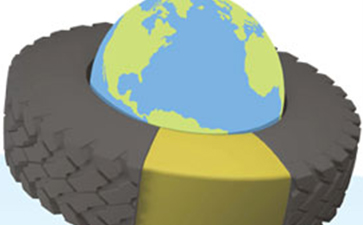2021 Construction Starts Continue to Rebound—Showing Positive Recovery for the OTR Tire Segment
As the construction industry continues to rebound following the initial 2020 bout of the Covid-19 pandemic in the U.S., market experts are holding their breath—waiting to see how the potential passage of the American Jobs Plan might affect growth opportunities for the category. Should President Biden’s infrastructure bill pass, even if the more middle of the road version is pushed through Congress, the ensuing redevelopment efforts across the U.S. will likely have a positive impact on the construction space. Infrastructure jobs and new construction growth will indirectly impact the rental equipment and Off-the-Road (OTR) vehicle industry—and these factors, in turn, will also likely impact growth within the tire technology marketplace.
Even aside from the American Jobs Plan status, the construction field has been gradually rebounding. According to Dodge Data & Analytics, experts “expect construction starts to bounce back this year and next from a 9% decline in 2020 brought on by pandemic influences.” According to the recent Dodge Data study, “U.S. total construction starts are forecast to be up 4% in 2021, moving from $778 billion to $810 billion, before climbing another 8% in 2022 to $877 billion and surpassing even the 10-year high point of $856 billion in 2019.” This all equates to a positive outlook for the industry—and portends well for the market overall.
As construction continues to accelerate and new development projects kick off during the remainder of this year and next, there will continue to be a greater need for the heavy earthmoving machinery that is the logistical “spine” of any successful job site. And it comes as no surprise that these core industrial OTR vehicles rely heavily on tire technology solutions that offer maximum value and return on investment. After all, the heavy machinery that is vital to any successful commercial, residential or infrastructure development project must be equipped with reliable tire solutions to function at full capacity—and this includes ensuring that tire technology selections deliver “flat free” protection. New infrastructure development will be directed at building and rebuilding roads, highways, bridges, tunnels and airports—and these projects and excavations, along with resumed commercial and residential building, depend on efficient execution on the job site to remain on time and on budget.
While there are several tire technology options available to construction site operators and project planners, only tire fill technology can ensure that OTR vehicle tires remain puncture-free on the job. Heavy commercial equipment typically must travel over an array of worksite debris (from rock, glass and sharp metal, to discarded lumber, nails and rebar) that is abundant in most all construction environments. Carlisle TyrFil polyurethane “foam” fill has been the only trusted “go to” formulation to prevent tire flats for the past five decades.
Solid aperture tires also are a no-flat option, but they can be cumbersome and heavy on a busy job site. Vehicles outfitted with solids are often less nimble, delivering reduced flexibility in gradated areas such as hills and steeper slopes. Drivers who spend an 8-hour shift behind the wheel of a vehicle outfitted with solid aperture tires also may experience excessive strain and muscle fatigue due to the bumpier, jarring ride associated with this tire technology. In turn, pneumatic tires, which do offer a more cushioned ride, unfortunately, are not impervious to tire flats and frequent punctures. These occurrences can be costly—and dangerous—for operators and their driver teams, especially when an unexpected tire flat causes injury on the job or when vehicle damage renders equipment unsafe.
TyrFil flatproofing delivers the most overall cost advantageous and sustainable solution to meet multiple vehicle operator needs. This will be particularly important as construction rebounds during the post-Covid 19 period and budget conscious construction entities look to manage tight expenses as they rescale development projects in large volume. Polyurethane tire fill can easily be pumped into pneumatic tires to form a resilient, synthetic elastomer core that makes tires virtually 100% flat free on the job. This keeps operators from incurring additional unnecessary expense for replacement tires and ensures that project timelines are unhindered by transportation equipment malfunctions. Additionally, TyrFil is a sustainable tire alternative—preferred by corporations that are minding their carbon footprint.
As construction continues to grow through the remainder of this year and into 2022, the efficiency of heavy industrial equipment and the tires they ride upon will play a vital role in commercial and residential development. Having quality tire technology at work on the job will be all the more important if the American Jobs Plan becomes a reality and infrastructure projects move front and center for the construction, OTR vehicle and rental equipment sectors.
For more information, please continue to follow the latest news and updates at www.CarlisleTyrFil.com.


